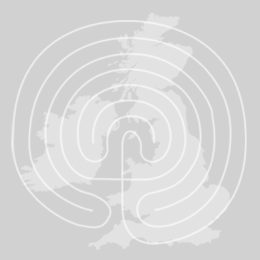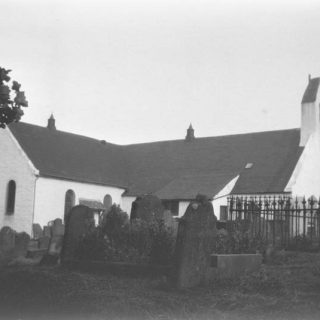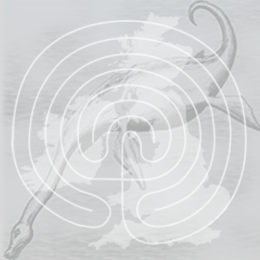Country and County: Isle of Man
Down in the valley of St. Mark’s, near a little purling brook, lies the famous granite boulder, weighing between twenty and thirty tons, known by the name of Goddard Crovan’s stone. It was cast into this situation one day by Goddard Crovan, son of Harold the Black, of Iceland, who lived with his termagant wife in a great castle on the top of Barrule.
"In the year 1249 Reginald began to reign on the 6th May, and on the 30th May of the same month was slain by the Knight Ivar and his accomplices."–Chronicon Manniæ. There was a young and gallant knight, named Ivar, who was enamoured of a very beautiful maiden, named Matilda. He loved her ardently, and she reciprocated his affection.
I have heard many Manxmen protest they have been carried insensibly great distances from home, and without knowing how they came there, found themselves on the top of a mountain.
According to ‘The Science of Fairy Tales’ (1891) by Edwin Sidney Hartland, ‘A Manx tale, which can be traced back to (George) Waldron, narrates the night adventure of a farmer who lost his way in returning home from Peel, and was led by the sound of music into a large hall where were a great number of little people feasting.
Changelings are part of Western Folklore, a child of a fairy type (Elf, Troll etc) which has been secretly swapped for a human baby and left in its place. George Waldron gave the following description of one he saw in the Isle of Man and it was subsequently reprinted in ‘The Science of Fairy Tales’ (1891) by Edwin Sidney Hartland.
The following story of a Water Horse appeared in The Folk-lore Of The Isle Of Man by Arthur William Moore (1891).
In The Folk-lore Of The Isle Of Man (1891), Arthur William Moore gives the following account of a chance encounter with a Tarroo-Ushtey or Water Bull (the Scottish name for these creatures is Tarbh Uisge).
The Beisht Kione was said to be a sea monster residing in the Irish Sea south of the Isle of Man. The name which means ‘the beast with the black head, in Manx is said to have been feared by the local fishermen and sailors.
Chibber Undin (Chibbyr Undin) – The Foundation Well or Chibber Undin when written about in the late 19th century was described as being close to the remains of an ancient Keeill which a Manx word for cell or chapel and these remains are often quoted as measuring 21 feet long by 12 feet broad.
The following popular folktale appeared in Manx Fairy Tales (1911) by Sophia Morrison.




Recent Comments